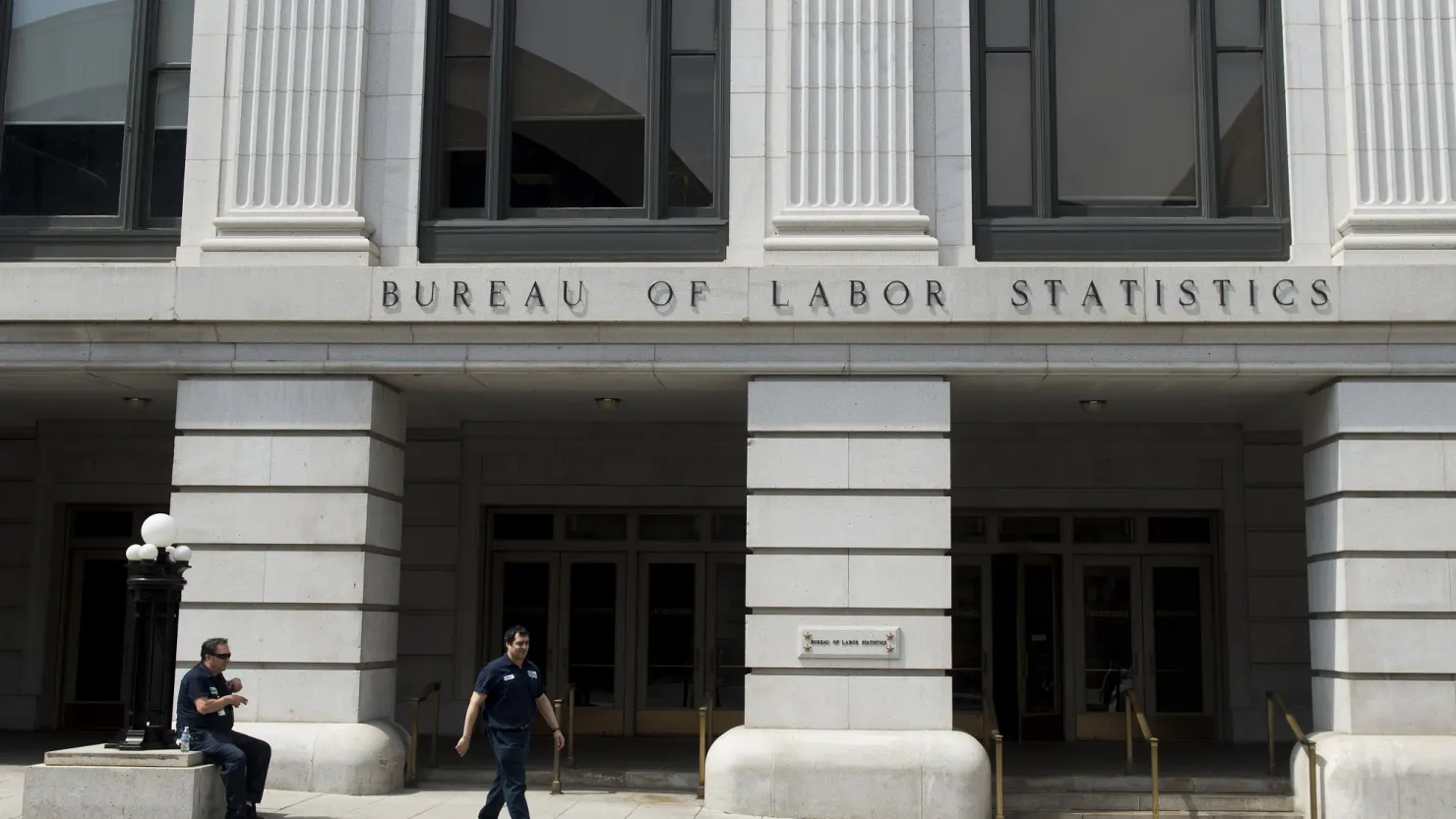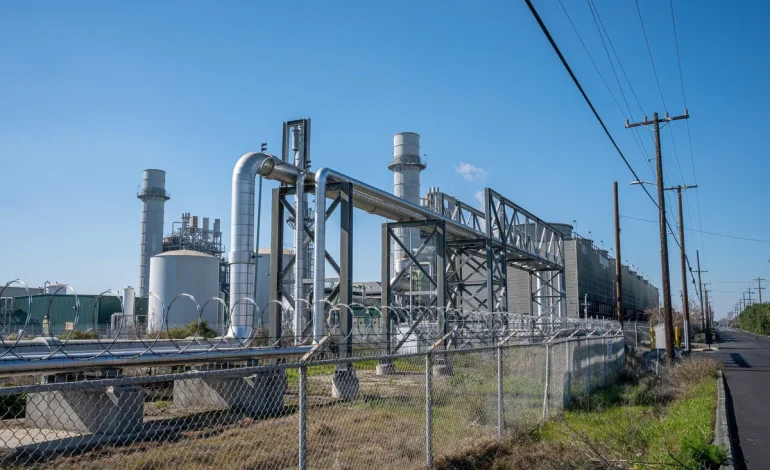As artificial intelligence continues to advance rapidly, it is bringing with it an unprecedented surge in demand for electricity, Bloomberg reports.
This demand is reshaping the landscape of US energy infrastructure, as illustrated by NRG Energy Inc.’s recent $12 billion acquisition of a fleet of gas-fired power plants from LS Power LLC.
The acquisition is more than a significant business transaction—it is a response to the mounting energy needs of Big Tech companies racing to expand AI-driven data centers. These centers require vast and consistent power to function, and utilities are struggling to keep up. NRG’s move echoes a broader industry trend. So far in 2025, US power generation mergers and acquisitions have totaled $51 billion, rivaling the highest levels seen in any full year this century.
Constellation Energy Corp.’s earlier acquisition of Calpine Corp. also reflects this trend. In both cases, the strategy involves acquiring existing generation assets, rather than building new ones—an approach driven by time constraints, cost efficiency, and regulatory challenges.
Building new power plants has become significantly more expensive. According to John Ketchum, CEO of NextEra Energy, the cost of constructing new gas-fired plants has tripled in recent years. The cost now hovers around $2,400 per kilowatt of capacity, up from less than $800, due in part to inflation, supply chain issues, and rising material costs.
This backdrop helps explain why investors responded positively to NRG’s announcement, with the company’s stock jumping 26%. In addition to acquiring 12.9 gigawatts of generating capacity, NRG also gained CPower, a virtual power plant (VPP) platform. CPower aggregates distributed energy resources across thousands of sites and provides demand response capabilities—essentially using digital tools to adjust electricity use dynamically based on grid needs.
This deal also helps NRG rebalance its geographic footprint. Previously concentrated in Texas, NRG now has a larger stake in the PJM grid—an area spanning the Midwest and Mid-Atlantic states, which hosts many of the nation’s growing datacenter operations.
The energy sector is now facing a dual challenge: meeting the surge in demand while overcoming the structural difficulties of expanding capacity. Research by Sector and Sovereign Research LLC suggests that US peak demand could rise by 139 gigawatts by 2030. Meeting that demand would require building approximately 38.5 gigawatts of new dispatchable capacity—mainly gas-fired—annually from 2027 to 2030. That’s nearly four times the pace of the past decade.
This situation underscores a potential bottleneck: even if technology companies are willing to invest heavily in AI infrastructure, their ambitions may be constrained by the realities of the energy grid. Some analysts suggest that unless power generation and delivery systems evolve more quickly, the anticipated AI-driven growth may be tempered by these physical limitations.
However, there are ways to ease the strain. Advances in chip efficiency, cooling systems, and flexible demand management could help. A recent Duke University study highlighted that large energy users, including data centers, could significantly reduce grid stress by curbing demand just one day per year—effectively creating headroom for up to 76 gigawatts of additional load.
NRG’s acquisition of CPower, which enables such demand-side flexibility, signals a strategic acknowledgment of this shift. Rather than relying solely on building new power plants, integrating smarter energy consumption and virtual power plant technologies may offer a more adaptable path forward.








The latest news in your social feeds
Subscribe to our social media platforms to stay tuned